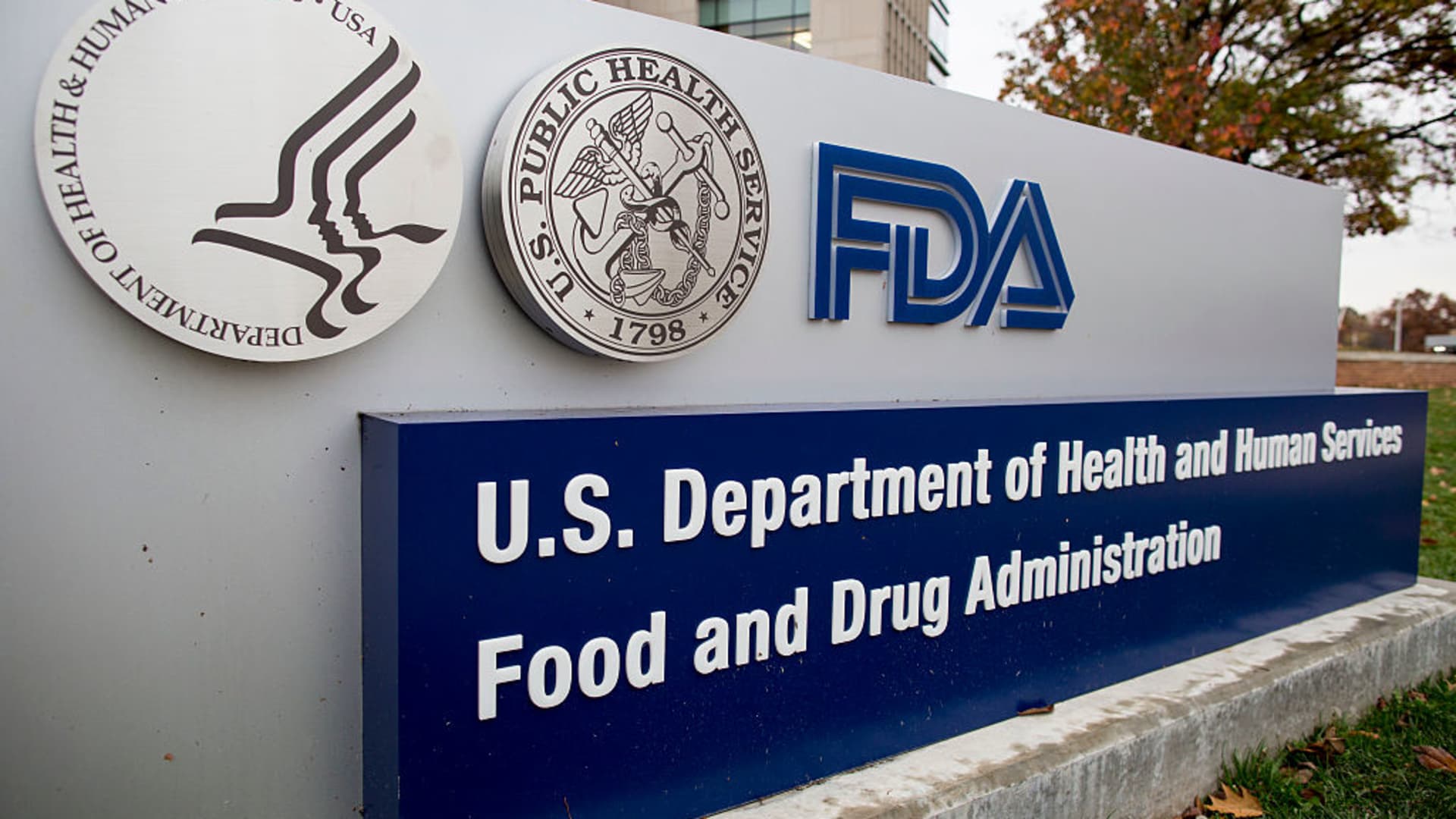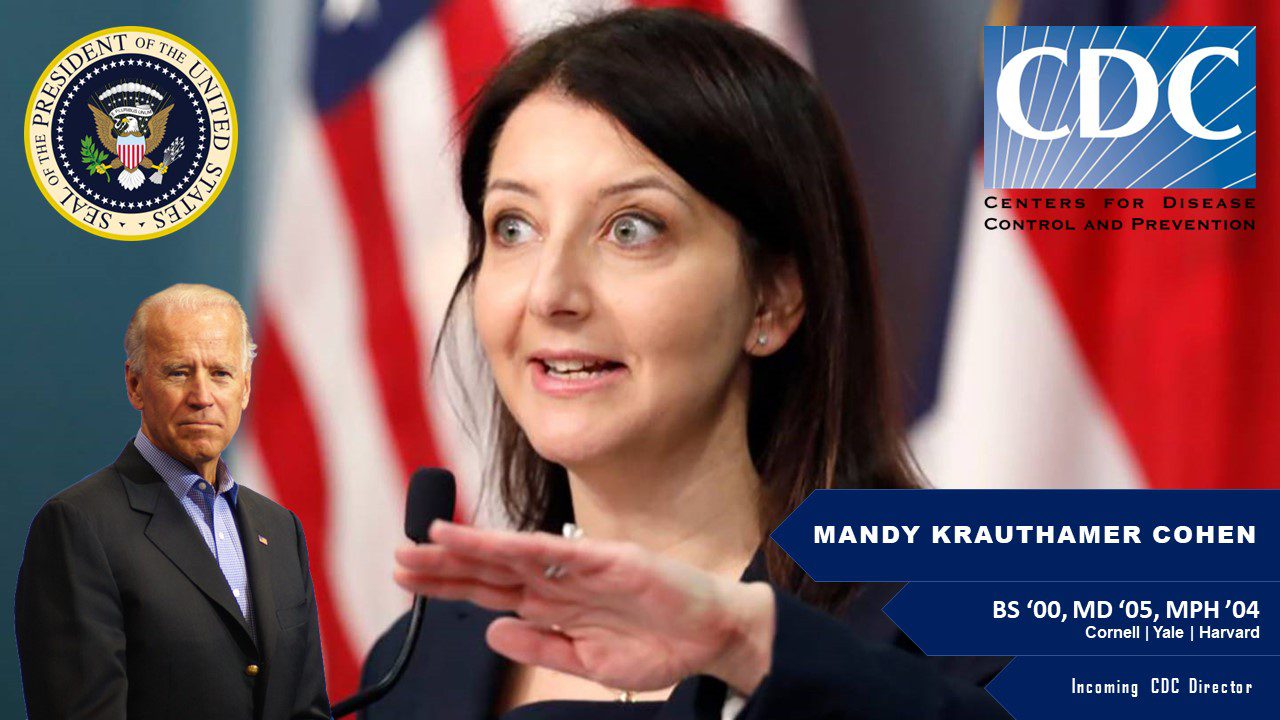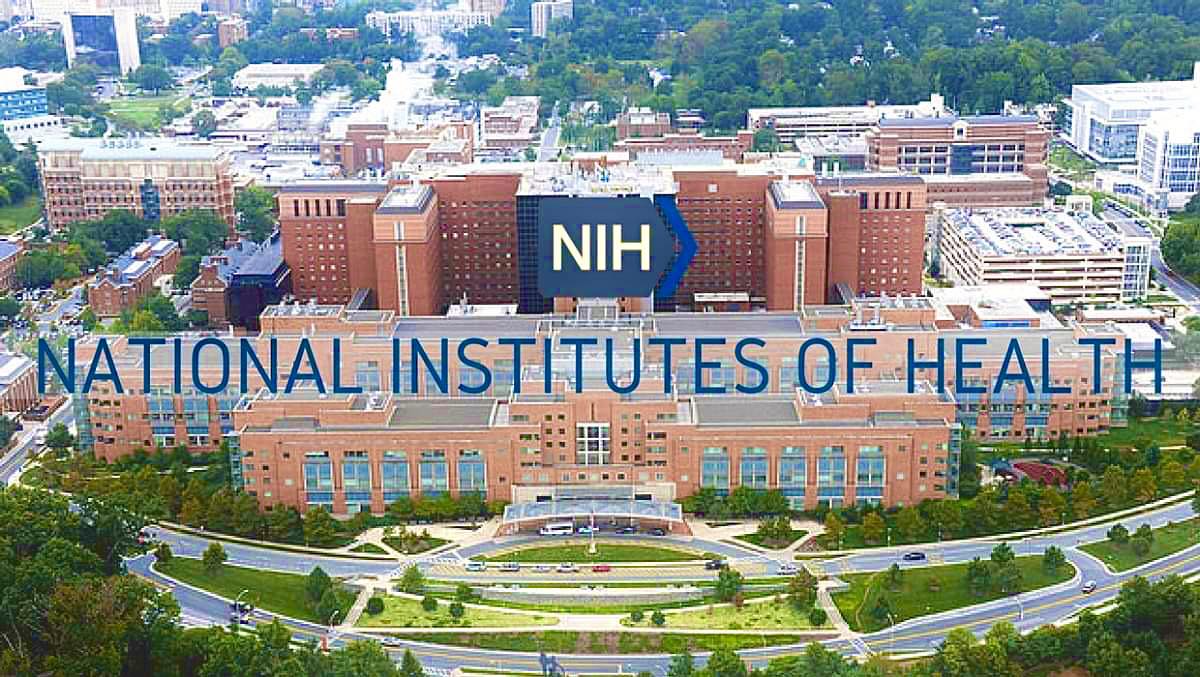The realm of drug pricing is a labyrinthine landscape, far removed from the straightforward supply chains of everyday commodities. Rather, it involves a convoluted web of negotiations, rebates, and formulary placements, contributing to the relentless rise of drug prices and leaving consumers burdened with exorbitant costs. In this comprehensive exploration, we will delve deep into the intricate mechanisms of drug pricing, the roles of various stakeholders, and the intricate dynamics that shape the healthcare industry’s pricing structure.
Pharmaceutical Companies: Architects of Drug Prices
The journey of drug pricing begins with pharmaceutical companies, the lifeblood of medical advancements. When a new drug is introduced to the market, the company establishes its initial price, known as the list price. However, the list price is anything but fixed; it serves as a starting point for complex negotiations with other players in the drug supply chain.
Wholesalers and Pharmacies: Essential Intermediaries
After the list price is set, wholesalers become essential players in the drug distribution process. These intermediaries transport drugs from manufacturers to pharmacies, ensuring a steady flow of medications to meet patient needs. Pharmacies then dispense these medications to patients, who pay copays, while the remaining cost is billed to insurance companies. While this stage of the supply chain may appear relatively straightforward, it is crucial to examine the pivotal link that adds significant complexity: Pharmacy Benefit Managers (PBMs).
The Role of Pharmacy Benefit Managers (PBMs): Power Brokers Negotiating Rebates
Pharmacy Benefit Managers (PBMs) emerge as key power brokers in the drug pricing ecosystem. Working on behalf of insurance companies, employers, and government agencies, PBMs aim to reduce drug costs for their clients. These entities engage in intricate negotiations with pharmaceutical companies, securing rebates for a substantial portion of the drugs available on the market. A rebate, in this context, represents a discount or refund offered by the pharmaceutical company to the PBM, which then passes on a portion of the rebate to the insurance company or employer.
Unraveling the Rebate Controversy: Catalyst for Rising Drug Prices
The question of rebates has sparked significant controversy in the drug pricing debate. Pharmaceutical companies argue that the need to accommodate higher rebates has compelled them to increase the list prices of drugs, safeguarding their sales and profits. This cycle of escalating list prices ultimately contributes to the inflation of drug costs for consumers. In contrast, PBMs contend that rebates effectively reduce the actual cost of prescription drugs, benefiting insurance companies and facilitating lower premiums for patients.
Formularies: Gatekeepers of Patient Access and Affordability
Formularies serve as a critical tool for PBMs in managing drug costs. A formulary is an ever-evolving list of drugs covered by an insurance company, organized into tiers that dictate patient copays. Drugs placed higher on the formulary tiers enjoy greater affordability for patients. The size of the rebate negotiated by PBMs influences the drug’s placement on the formulary, directly impacting its accessibility to patients.
Impact on Patients: The Disparity Between List Price and Actual Cost
Despite the intricacies of rebates and formulary placements, patients often find themselves paying based on the list price rather than the price after rebates. Consequently, patients without insurance coverage or those with high deductibles bear the full weight of the list price, exacerbating the challenge of soaring drug costs. The lack of transparency surrounding rebate data further complicates matters, leaving patients in the dark about the factors contributing to escalating drug prices.
Conclusion
The complex process of drug pricing involves an intricate dance among pharmaceutical companies, PBMs, insurance providers, and various stakeholders. Greater transparency and more effective regulatory measures are necessary to address the pressing issue of rising drug costs for consumers. By untangling the web of pharmaceutical pricing, we can pave the way for a more equitable healthcare system, where patients can access life-saving medications without the burden of unaffordable expenses. Only through comprehensive understanding and collective action can we work towards a healthcare landscape that prioritizes patient welfare and ensures fair and accessible drug pricing for all.
Subscribe
to get our
LATEST NEWS
Related Posts

Regulatory Affairs
Navigating the Depths of Drug Approval: The FDA’s Crucial Role in Clinical Trials
In the realm of pharmaceuticals, ensuring the safety and efficacy of drugs is paramount.

Regulatory Affairs
UK’s MHRA Authorizes Market Release of Eli Lilly’s Mirikizumab
Mirikizumab, Lilly’s breakthrough treatment for ulcerative colitis.
Read More Articles
Myosin’s Molecular Toggle: How Dimerization of the Globular Tail Domain Controls the Motor Function of Myo5a
Myo5a exists in either an inhibited, triangulated rest or an extended, motile activation, each conformation dictated by the interplay between the GTD and its surroundings.













